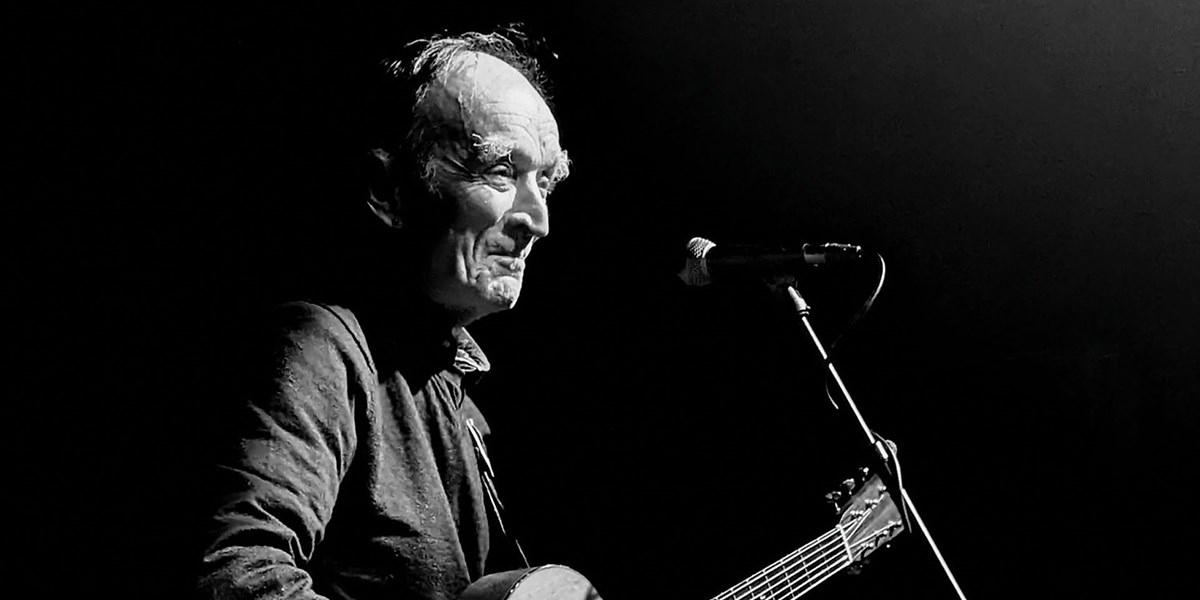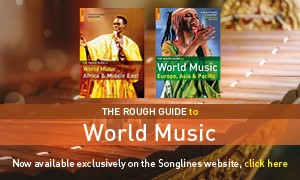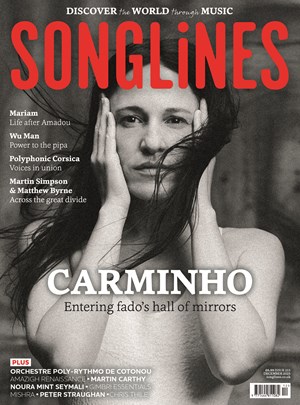Thursday, June 12, 2025
A Conversation with Martin Carthy
By Kevin Bourke
Kevin Bourke sits down with the English folk legend to chat about a new album marking 60 years since his debut, why it sometimes takes him so long to sing a song and to share anecdotes from his storied career

Martin Carthy (photo: Jon Wilks)

Register now to continue reading

Thanks for visiting the Songlines website, your guide to an extraordinary world of music and culture. Sign up for a free account now to enjoy:
- Free access to 2 subscriber-only articles and album reviews every month
- Unlimited access to our news and awards pages
- Our regular email newsletters

